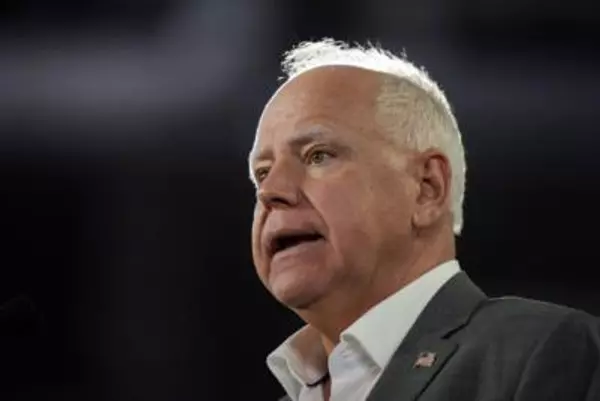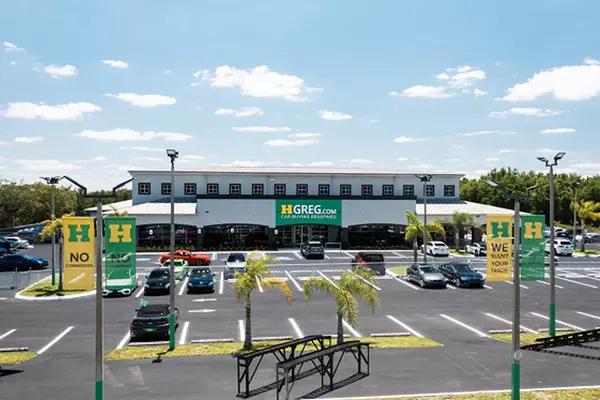Liverpool are edging closer to landing the much-coveted Luis Diaz before the January transfer window closes.
Having kept their powder dry for some time, the Reds have moved late in the window for the 25-year-old Colombian winger, who has become a standout at FC Porto, and with terms reportedly agreed over wages and transfer fee, a medical this weekend is expected to see Diaz confirmed as a Liverpool player.
The fee, a reported initial £37.5m with a potential for £12.5m in add-ons, would represent a fine piece of business in the market for a player of the profile of Diaz, especially when the deal is some £25m less than the release clause that was in place in Porto. The Portuguese club are in need of cash as the financial problems exacerbated by the pandemic continue to cause issues, and were fined £250,000 by UEFA in December, along with a number of other clubs, by having breached Financial Fair Play rules due to having overdue payables.
Liverpool have stolen a march on Premier League rivals Tottenham Hotspur and should the Diaz move be completed as expected then it would represent the first foray into the market for the Reds since last summer's £36m acquisition of French defender Ibrahima Konate from RB Leipzig.
The perceived lack of transfer business in recent times by the Reds and owners Fenway Sports Group in comparison to some of their rivals has rankled with some fans. Only Konate arrived last summer, before that it was the 2020 summer additions of Diogo Jota, Thiago Alcantara and Kostas Tsimikas that were the deals over the line. But the number of players departing was outstripping those arriving, and while Jurgen Klopp's preference is to work with a smaller squad the actual depth was something that was causing concern among some if the Reds were to maintain a challenge for silverware across the board throughout a season.
READ MORE: Luis Diaz can help solve Liverpool contract problem after Mohamed Salah comments
READ MORE: Inside Liverpool's shock Luis Diaz transfer as summer plans forced to change
Over the last 20 transfer windows the likes of Aston Villa, Everton and West Ham United all have a greater net spend than Liverpool's £240m, a figure than places them 15th on the European list. Having a healthy balance sheet in football isn't something that supporters will sing many songs about, and a lack of net spend has long been seen as a lack of ambition. At Liverpool it has been no different and one of FSG's main criticisms from some fans is their lack of spend on the first team.
That is an argument that has some merit, especially with what happened in the January of 2021 where the lack of spend in addressing the injury woes very nearly cost them Champions League football.
But, ultimately, this way of working is the FSG way, the focus on sustainable success is the driving force, something that isn't likely to change but something that has delivered a Premier League and Champions League crown as well as producing one of the most electric footballing sides seen in Europe in the past decade.
While transfer spend may not have risen rapidly, wages certainly have, and the investment into the wage bill has seen it soar 95 per cent, growing at a far steeper rate that the 64 per cent rise in revenues during the same period, with overall revenue standing at £490m for 2019/2020 accounts. The £325m was, compared to the audited financial accounts of the 19 other Premier League clubs for 2019/2020, the second highest.
New contracts and new additions such as Thiago and Jota raise that further when the 2020/2021 accounts are published at the end of February, and moving forward any new Mohamed Salah deal will see that figure rise higher once again.
But, back to Diaz, the whole Liverpool approach in the past two years or so, bearing in mind FSG's own approach to the transfer market that has been pretty consistent over a decade, means that the ability to spend is there, something that has had to be achieved through a longer route given the lack of saleable assets for big money that they would have been happy to let go, as in the case of Philippe Coutinho's £142m move to Barcelona in 2018. Fees of £12m here and there for the likes of Harry Wilson haven't afforded them the same kind of room for manoeuvre.
New deals signed with a host of first teamers including Virgil van Dijk, Andy Robertson, Alisson Becker, Jordan Henderson and Trent Alexander-Arnold all brought stability and continuity, but in the case of Van Dijk and Alisson it has provided a saving on the balance sheet for the Reds.
While Liverpool will be aiming to raise some numbers in the accounts even higher, most notably the turnover and commercial activity, one number that they will be happy to drive down are the amortisation costs that appear on the balance sheet.
Amortisation is something that features heavily whenever accounts are scrutinised. It is when a transfer fee is spread over the length of a contract, so the £36m paid for Konate from RB Leipzig will actually be shown as £7.2m per year in the accounts for each of the five years of his contract. Whatever the fee paid, whether up front or in instalments, it is shown through amortisation over the life of the deal for accounting purposes.
In the most recent set of published accounts for Liverpool, up to May 2020, amortisation costs fell by £6m to £106m, a figure that places them at fifth on the Premier League list, with Manchester City's amortisation costs some way in front at £146m.
Included in those amortisation costs were three remaining years of amortised costs for Van Dijk, Alisson and Fabinho, something that would have equated to a combined figure in excess of £100m, even higher when Naby Keita's amortised cost is included, with some savings made through players leaving the club during that period.
First and foremost Liverpool want to keep their star players for what they bring to the club on the pitch, and they also want to protect their value in the transfer market. But by offering longer terms deals to some of those players whose transfer costs haven't been fully amortised it reduces that cost on the balance sheet as the length of the contract has been extended, thus reducing the amortisation.
In his book, 'The Price of Football', Kieran Maguire explains: "Amortisation is based on the balance sheet value of a player spread over the remaining length of the contract. If the contract is effectively increased then the annual cost falls."
An example of this would be using Van Dijk's balance sheet value in the 2021 accounts, which have not yet been published.
Three years into his contract with two remaining he would have his transfer cost measured in the balance sheet at £30m. Signing an extension would mean that he had another four years to run, bringing his amortisation charge to £7.5m, down from the £15m it had been at on the balance sheet.
Signing Diaz on a five-year deal for £37.5m would create an amortisation cost of around £7.5m per year over the life of the deal, something that Liverpool will have likely saved on through extensions, departures and players ticking over into another year of their deal to reduce their amortisation charge remaining, such as Thiago whose £20m four-year deal two years ago has £5m per year shown in amortisation charges and only has two years remaining.
And it likely hasn't been done to just facilitate the addition of Diaz.
Liverpool, who had been tracking Diaz for quite some time, had been planning a summer raid, but with concerns over Porto potentially being more bullish over getting more from the sale of the player at the end of the deal, and with other clubs likely to provide competition, expediting the move was seen as the best course of action.
Other names have been mentioned with FSG likely to spend more than they have over the past couple of seasons to aid the transition of the Reds into a new phase, with Borussia Dortmund teenager Jude Bellingham heavily linked.
A fee of as much as £90m will likely have to be paid to prise him away from the German giants. But while that may seem likely to price him out of what FSG usually do, his age and profile, as well as an amortisation cost of £18m over the course of a five-year deal - the longer the better - means that it is something that is achievable, especially when you take into account Liverpool have no concerns over profit and sustainability breaches that others may have to consider. There is also the protection in that his value will likely only continue to rise.
The Diaz move, it is hoped, will mark the first of a few key additions in 2022. The money is there to fund investment into the squad this summer without having to sacrifice cash flow to detrimentally. It would be investment, too, with the financial rewards for success domestically and in Europe only set to become even more valuable in the coming seasons as media rights continue to boom.







